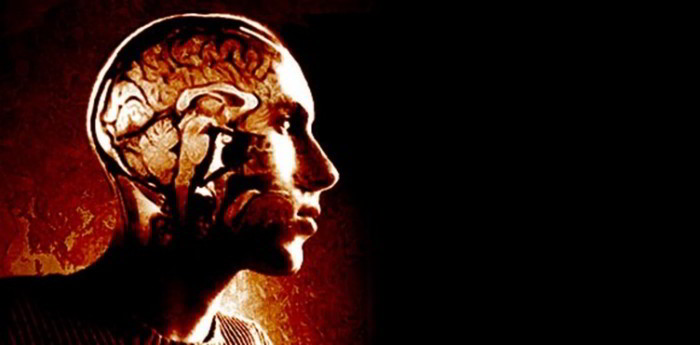Creutzfeldt-Jakob disease (CJD) is an extremely rare condition in which brain tissue is increasingly destroyed by an uncommon infectious agent.
An overall decline in every area of mental and physical ability leads finally to death. CJD affects about one person in a million each year globally.
What’s The Cause?
CJD is due to an infectious agent referred to as a prion, which replicates in the brain and causes brain damage.
- One kind of CJD, accounting for 15 in 100 cases, has been found to run in families. Most individuals who grow this sort of CJD are over age 50. Normally, the source of the infection is unknown. In about 1 in 20 affected folks it can be traced to previous treatment with products derived from human tissue. Before the usage of man-made growth hormone to treat growing illnesses, one source of illness was human growth hormone injections.
- In the mid-1990s, a new rare form of CJD that changes younger individuals was found in the united kingdom. This kind of the disorder is believed to be linked with eating contaminated meat from cows with a disease called bovine spongiform encephalopathy (BSE). It is possible this kind of the disorder might be passed from a pregnant mother to her unborn child.
What are the symptoms?
It’s thought that CJD is present for between two and 15 years before symptoms begin to appear. Early symptoms develop gradually and may include:
- depression
- inferior memory
- unsteadiness and poor coordination.
Other symptoms develop as the state Advances and include:
- sudden muscle contractions
- seizures
- weakness or paralysis on one side of the body
- advancing dementia
- diminished eyesight.
Eventually, an affected individual may become unable to move and speak. Individuals with late-phase CJD who are confined to bed are also prone to serious lung diseases.
What Might Be Done?
CJD is usually diagnosed from the symptoms. Evaluations performed on the tonsils and appendix may affirm the presence of the prions associated with the new variant form of CJD. Other evaluations are:
- magnetic resonance imaging (MRI) to exclude other treatable causes brain biopsy, during which a small piece of tissue is surgically removed for microscopic evaluation.
CJD cannot be treated, but drugs can relieve some of the symptoms. - Symptoms of depression may be treated with antidepressant drugs.
- Muscle contractions may be restrained by muscle relaxants. The disorder is generally fatal within three years

